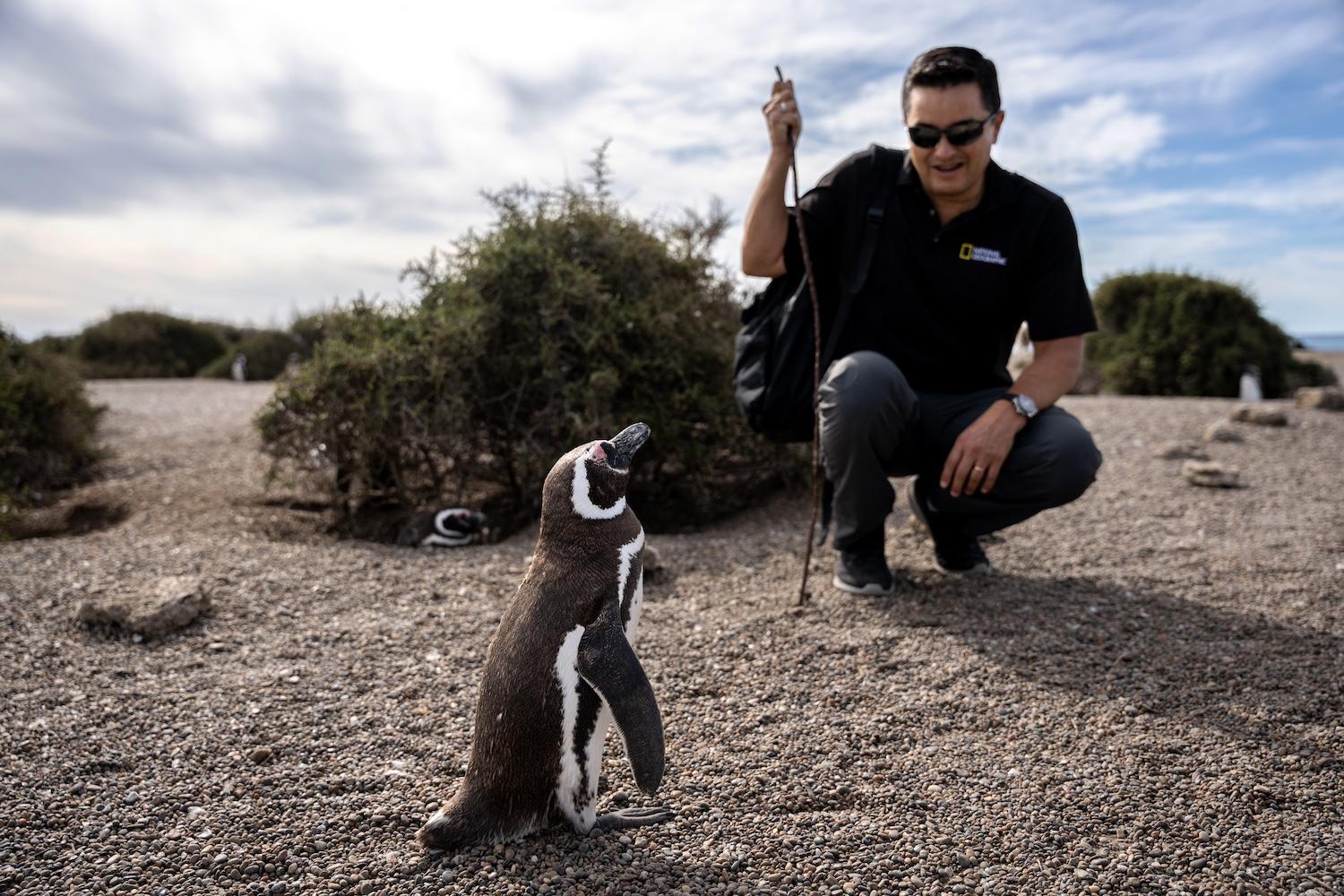
National Geographic explorer Pablo “Popi” García Borboroglu interacts with penguins at San Lorenzo Natural Reserve in Península Valdes. (Image: Luján Agusti/National Geographic)
Penguins can melt the coldest of hearts with their fluffy, roly-poly babies and comedic waddling. Found predominantly in the southern hemisphere, these seabirds are the stars of the show, literally. Despite their charisma, penguins are one of the most threatened groups of seabirds.
Half of the 18 species of penguins on Earth are listed as threatened by the International Union for Conservation of Nature Red List because of habitat loss, pollution and disease. And climate change is reducing food availability, flooding coastal nesting colonies, fueling heatwaves and fires, and melting sea ice needed for breeding. Yet, penguins play a critical role in their environment and attract tourists with their tuxedo charm, generating revenue for local communities.
Fortunately, these birds have an ally in the Global Penguin Society. The Argentina-based organization protects penguins worldwide through education, outreach and research. Its work conserving large extents of ocean and coastal habitat benefits at least 2.5 million penguins. With a unique operating model grounded in science, the society sets a high bar for species protection.
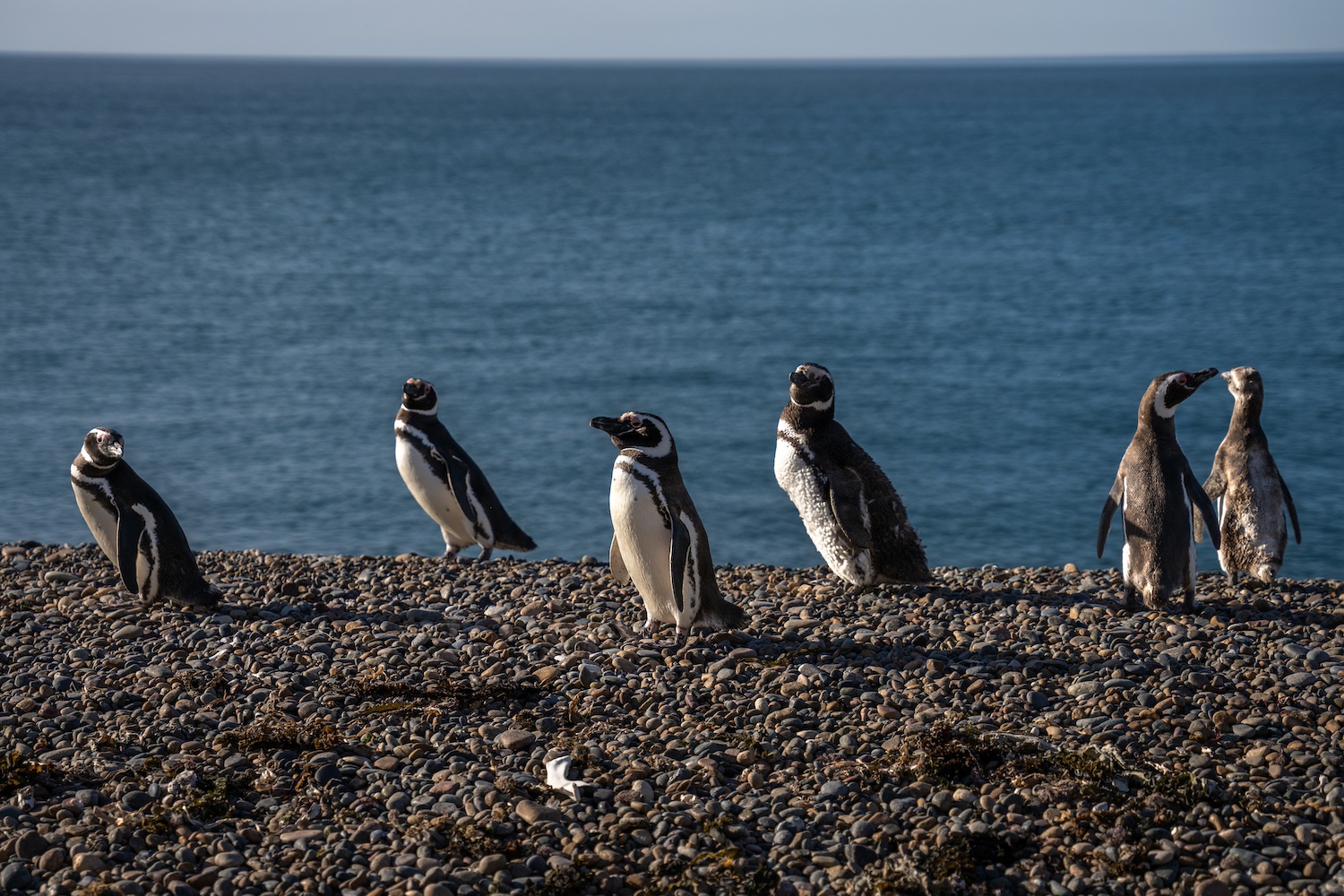
Preserving penguin places
Founded in 2009, the Global Penguin Society was established to spur conservation action. “Every three years, we have the International Penguin Conference,” said Pablo Garcia Borboroglu, founder and president of the Global Penguin Society. “It was amazing in terms of science because they are activists for conserving penguins … But there was no action after that. So, I said we need an international organization network where we can integrate all this knowledge, where we can use the science available, where we can use the scientific credentials to push conservation forward.”
Since then, it’s developed quite a track record, protecting 32 million acres of prime penguin habitat so far. The society collects data and conducts research to guide conservation and management efforts. This includes monitoring and tracking penguin colonies to assess population size and breeding success, and evaluating threats such as fisheries mismanagement, pollution, illegal trade and human disturbance. That information is used to target areas for protection.
“Penguins spend over 70 percent of their lives in the ocean,” Borboroglu said. “We invested a lot of time, and we still do, in marine protected areas, particularly in countries where they didn't have any protection in the ocean.”
Working in the ocean requires approval from the national and provincial governments that have jurisdiction over the area the society is looking to protect. But any of these countries lack funding for conservation, so the Global Penguin Society shoulders that responsibility itself.
“We get international funding from National Geographic, Disney, Rolex and others,” Borboroglu said. “With that money, we do all the processes, all the workshops, all the hiring of people, consultants, facilitators to do more science if we need something more specific.”
It’s an effective model because it ensures the organization doesn’t need to ask for anything other than the government's general support, Borboroglu said. While this process can take up to two years, the society aligns itself with governments and demonstrates that marine protection benefits both them and wildlife species alike.
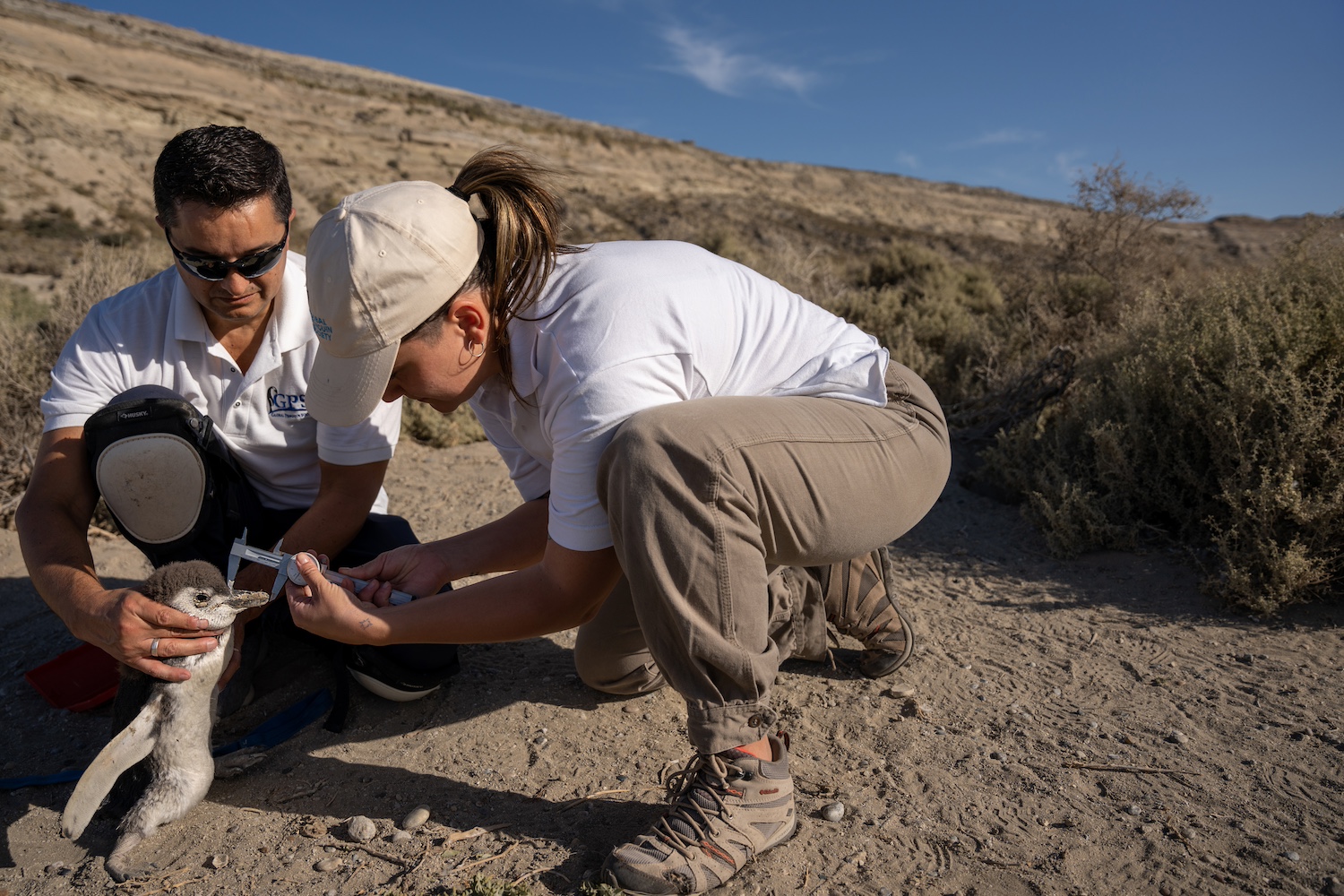
Colony conservation
While marine protection is essential, that’s only half of the penguin protection puzzle. Penguins use the oceans for migrating and foraging, but they also breed in colonies on land or sea ice. The Global Penguin Society lends a helping hand here, too. For penguin colonies located in government-protected areas, it develops management plans with guidelines for tourism and minimizing impacts on penguins.
For the many penguin colonies found on private properties — often on sheep ranches in Argentina, Chile and New Zealand — the society collaborates with landowners to promote ecotourism and establish private protected areas and wildlife refuges.
“At the beginning, it's difficult when penguins appear because there are a lot of issues with people trespassing, or in some cases, there are few penguins, so it's not enough for a touristic activity,” Borboroglu said. “We tell them if you are able to manage this colony properly, they will grow, and then it will be a great source of income for you and the people around the ranch — everybody. In many cases, it works very well.”
This generates income for the landowners and jobs for the local community. Sometimes, the owners even give away their sheep and focus on the penguin colonies exclusively, Borboroglu said.
“Almost 20 years ago, we discovered a new colony,” said Borboroglu. “There were 12 penguins, but they were severely impacted by human disturbance … So the colony could have disappeared in one afternoon.”
The Global Penguin Society worked with the landowners to protect the area and promote ecotourism, albeit slowly. Today, the colony has 8,000 breeding penguins, and the site is used for scientific and educational opportunities.
In addition to these activities, the society organizes educational and outreach efforts, such as taking children to visit local penguin colonies — over 13,000 kids already.
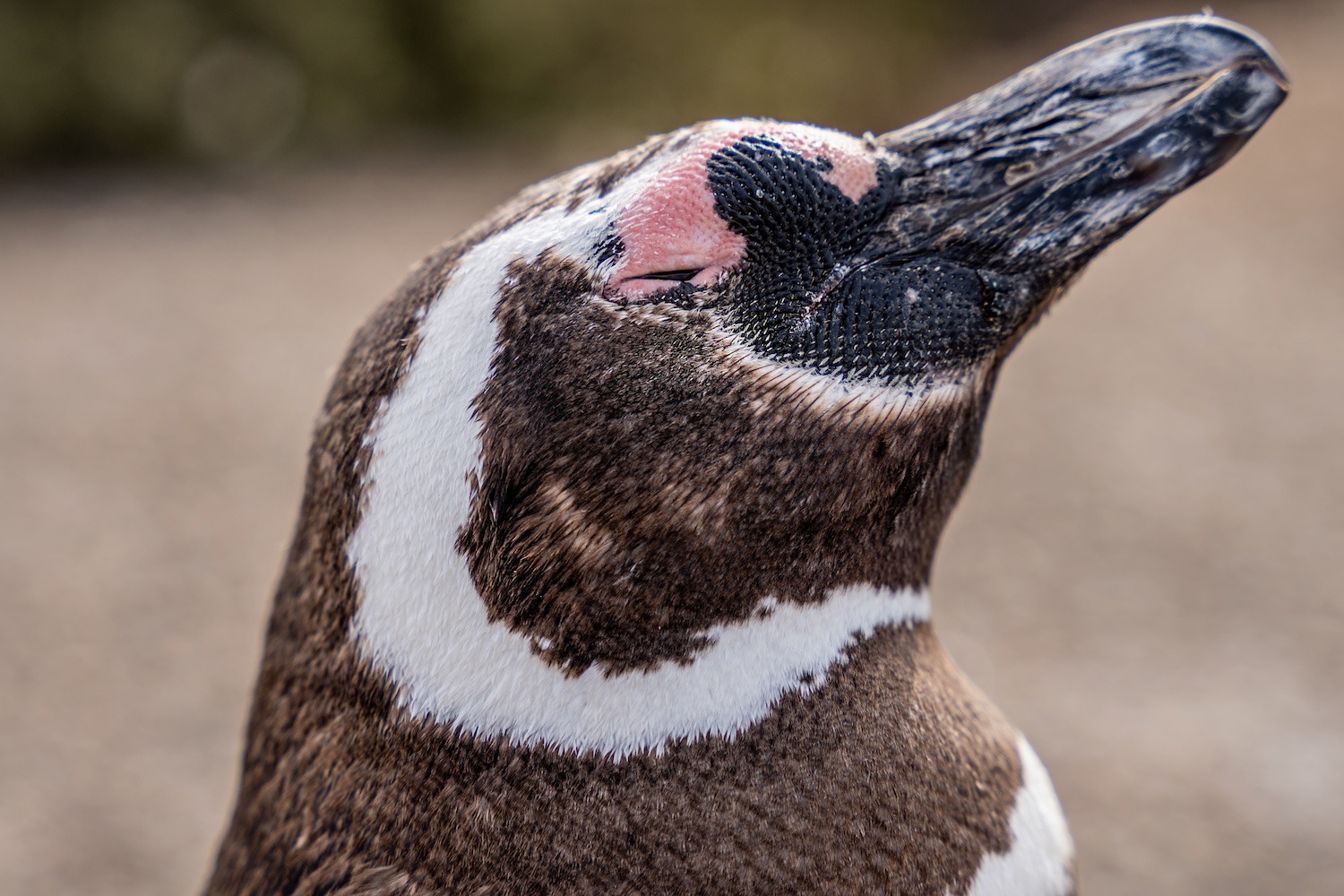
Despite the society’s numerous successes, its approach is not without challenges. It operates in many countries facing political, economic and social instability, Borboroglu said. That often entails a high turnover of decision-makers, and consequently, the governmental teams it works with could change overnight. Its solution is collaborating with local communities and stakeholders as much as possible, along with the permanent technical staff in the government.
Since it provides funding for penguin conservation, its also needs to raise capital. But its location at the end of the world can be problematic.
“Most of our funds come from the United States and Europe,” Borboroglu said. “But this is something that is really challenging, particularly because we live in Argentina. We live in Patagonia, very far away from donors. So it's an extra effort for us to fundraise in these countries and also to maintain this individual donor portfolio.”
Enchanting as they are, penguins are more than just a pretty face, and the benefits of protecting them extend to many other species.
“They use the environment in such a vast way that when we create protected areas to protect penguins, we benefit thousands of other species that maybe are not so charismatic, or maybe we don't know enough about, or we don't even know they exist,” Borboroglu said. “People have these natural emotional connections to penguins. So, we use the charisma to try to call the attention of the international community because they are the perfect tool to inspire these changes in their actions, the behavior and the attitudes of everybody — businessmen, decision makers, the international community.”
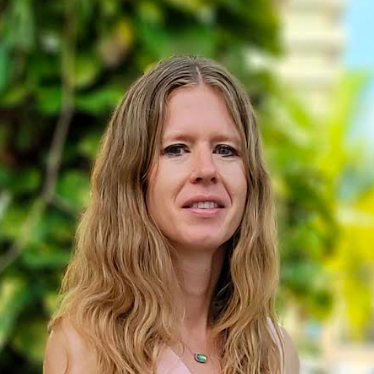
Ruscena Wiederholt is a science writer based in South Florida with a background in biology and ecology. She regularly writes pieces on climate change, sustainability and the environment. When not glued to her laptop, she likes traveling, dancing and doing anything outdoors.














